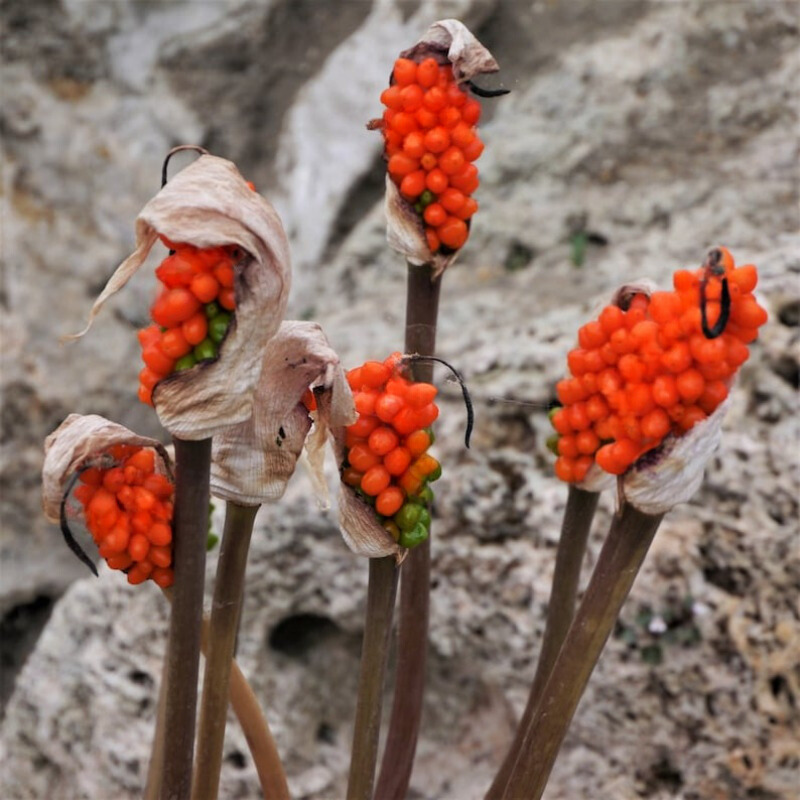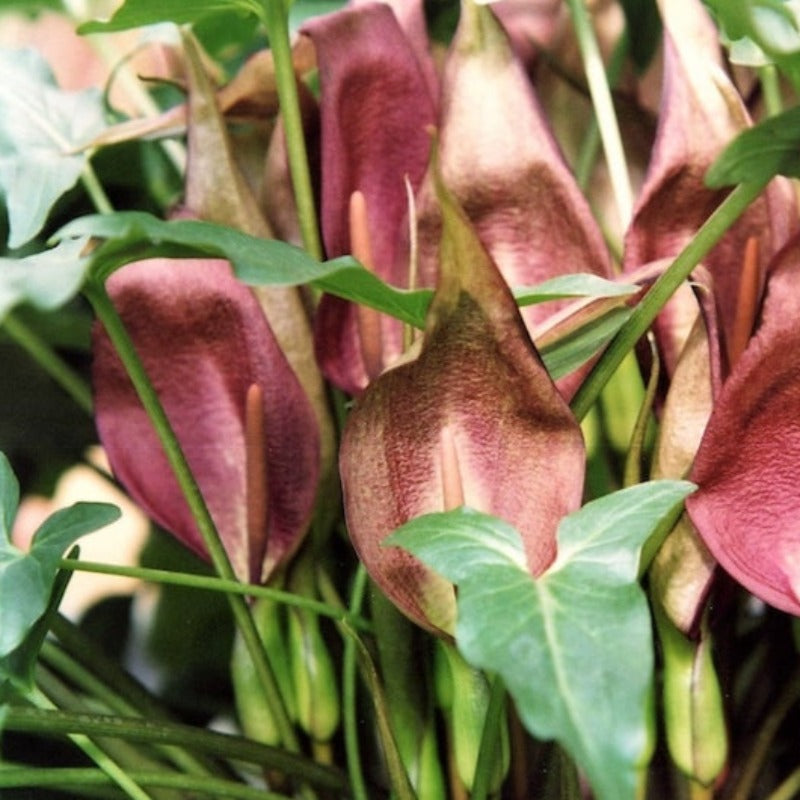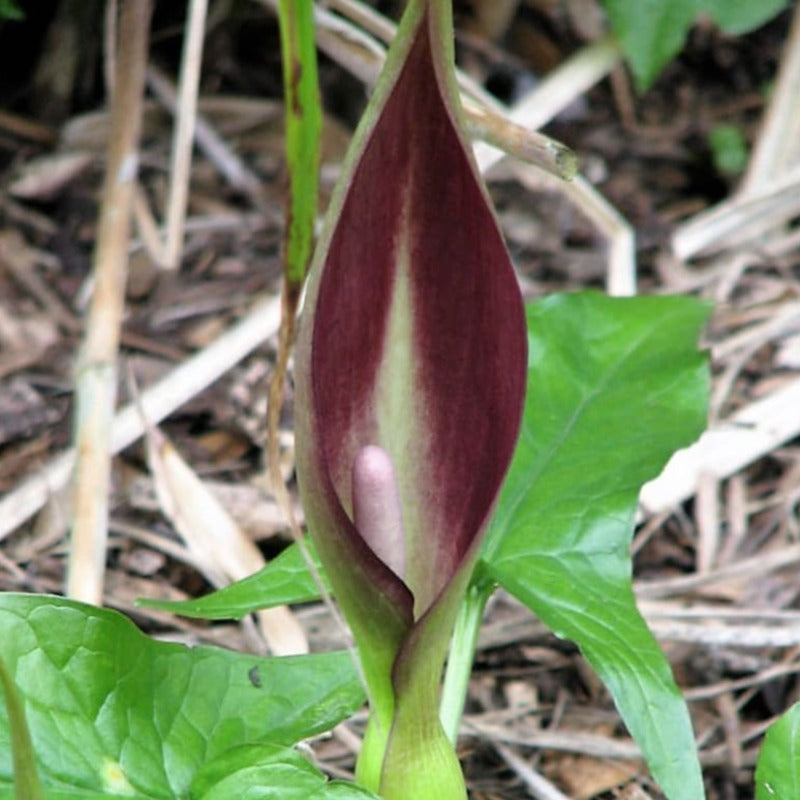- Historical context: Arum berries, also known as Arum maculatum, are native to Europe and parts of North Africa and Western Asia. They have been known and used by humans for centuries.
- Geographical origination: The plant is native to Europe, North Africa, and Western Asia.
- Relevant cultural significance: In the past, the plant was used for its medicinal properties, although it is highly toxic if not prepared correctly.
- Time period of discovery: The exact time of discovery is not known, but it has been present in historical records for centuries.
- Original habitat: Arum berries are typically found in woodlands and hedgerows, preferring shady locations.
- Notable historical uses: Historically, the plant was used for medicinal purposes, but due to its toxicity, it is not commonly used today.
- Ideal temperature range: Arum berries prefer a temperate climate.
- Soil type: They thrive in rich, well-drained soil.
- Sunlight requirements: The plant prefers partial to full shade.
- Watering needs: Regular watering is required, but the plant can tolerate periods of drought.
- Planting season: The best time to plant arum berries is in the spring.
- Germination time: Seeds typically germinate in 2-3 weeks.
- Growth cycle duration: The plant is a perennial and will return each year.
- Common pests and diseases: Arum berries are generally resistant to pests and diseases, but can be affected by slugs and snails.
- Companion planting advice: Arum berries can be planted with other shade-loving plants.
- Common challenges and solutions: One of the main challenges is the plant's toxicity. It should be planted in an area away from pets and children.
- Nutritional values: Due to its toxicity, arum berries are not typically consumed for their nutritional value.
- Health benefits: Historically, the plant was used for medicinal purposes, but due to its toxicity, it is not commonly used today.
- Culinary uses: Arum berries are not used in cooking due to their toxicity.
- Medicinal uses: While the plant has been used medicinally in the past, it is not recommended due to its high toxicity.
- Other unique advantages: The plant is often grown for its ornamental value, as it produces attractive berries and has distinctive foliage.








